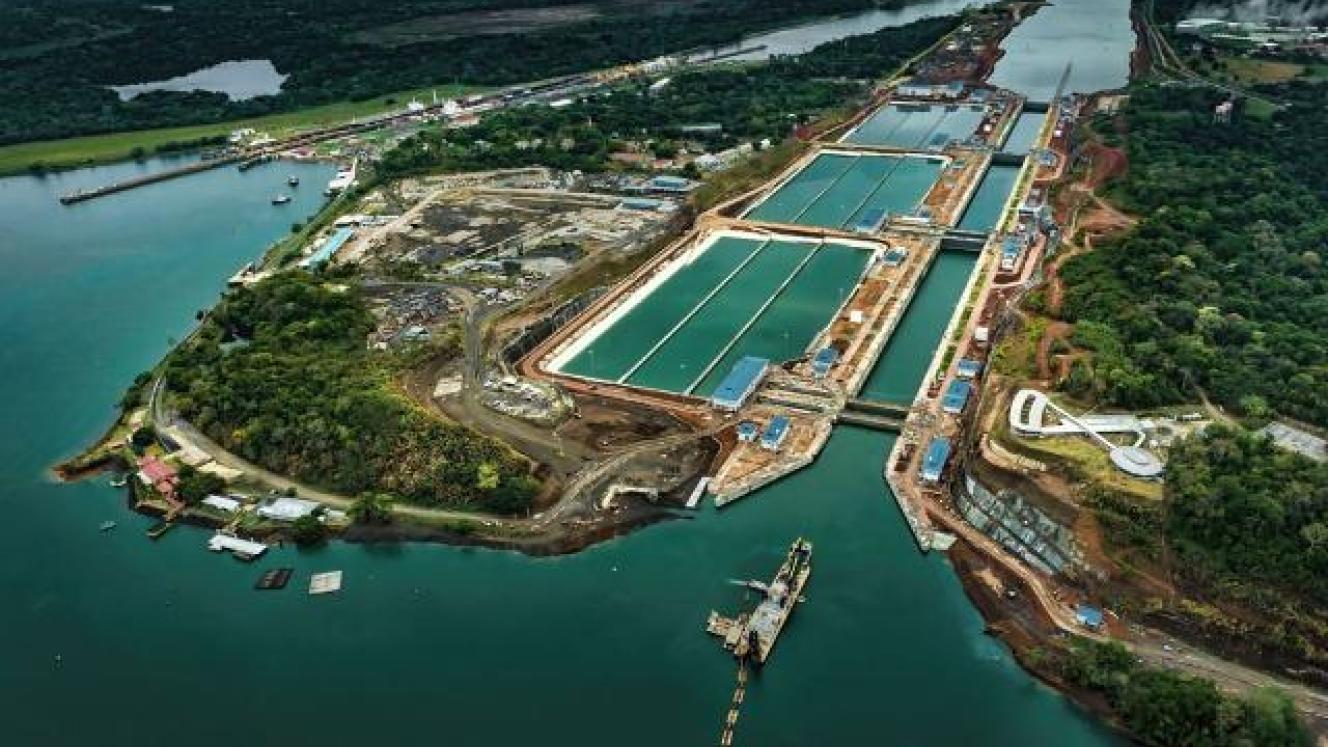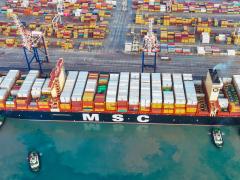The Panama Canal Authority (ACP) is now providing a tool to assess carbon emissions for shipping lines transiting the canal.
The tool also calculates the cost savings for taking the route between the Atlantic and Pacific Oceans against the Suez Canal or around the Cape of Good Hope.
ACP environmental protection specialist, Alexis Rodriguez, noted that this new tool was aimed at reaffirming the authority’s commitment to reducing the impact of greenhouse gases and pointed out that a reduction in emissions was equal to a reduction in cost.
A statement from S&P Global Platts observed that carriers would supply data on vessels’ technical specifications, fuel consumption, speed and the type of fuel used when transiting the canal, sailing open seas and when entering emissions control areas.
This would then be used to calculate both emissions and the cost of transiting the canal.
Using this data, the ACP will rank customers by the fewest emissions each month.
“The Panama Canal hopes to incentivise customers to demonstrate strong environmental stewardship and adopt more sustainable itineraries,” said Rodriguez.
According to Platts, a container vessel en route from Asia to the US Atlantic coast would save about 12% in emissions when returning via the Panama Canal rather than the Suez Canal and 18% compared to sailing around the Cape of Good Hope.













